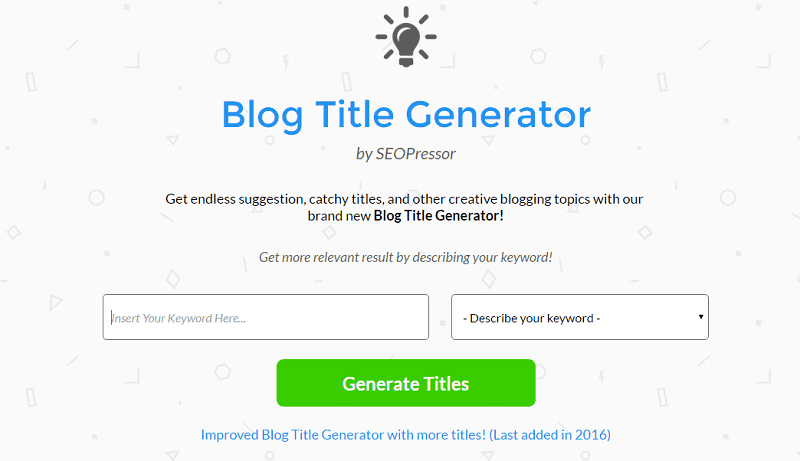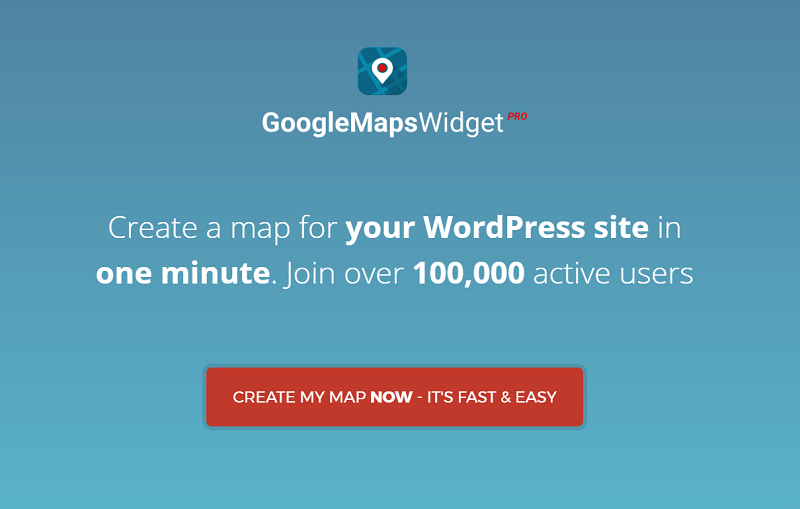Every writer hits a wall. But most of the time, it’s not because you’re out of motivation—it’s because you’re low on inputs. Reading and listening daily give your brain fresh ideas to work with.
Here’s how a simple 20-minute system can help you publish more without burning out.
Let’s break down the system.
Table of Contents
Why You’re Out of Ideas (Hint: It’s Not Laziness)
Writer’s block usually doesn’t come from procrastination. It comes from a lack of input.
Writers who read (or listen) daily rarely hit a wall. Their brains are constantly pulling in new ideas, making it easier to find angles worth writing about.
It’s not about pushing harder—it’s about fueling smarter. Here’s how a short daily habit becomes your idea machine.
The Creativity Loop: Input → Capture → Output

The 3-step cycle:
- Consume daily – Read or listen to something new.
- Capture fast – Jot down 1–3 sparks with context.
- Expand later – Turn them into blog drafts.
Research-backed: Exposure to diverse ideas increases creativity. One study from Galinsky et al. showed that multicultural experiences lead to more flexible, innovative thinking.
Even one solid idea a day builds up a deep reservoir of future blog posts.
Why Reading and Listening Actually Makes You a Better Writer
There’s real data behind this.
- A 2023 meta-analysis showed that reading improves writing quality at every level—words, structure, and flow.
- Writers who read often build better rhythm, sharper vocabulary, and clearer arguments.
- And just seeing how others write helps train your internal editor—often without realizing it.
What format works best?
| Format | Best For | Drawbacks |
| Deep focus | Not portable | |
| Digital (eBooks) | Portability, searching | Slightly lower comprehension |
| Audio | Easy habit-building | Lower retention if multitasking |
| Audio + Text | Dense material, language learning | Requires more attention |
Combining audio and text can help you absorb trickier content or stay consistent when time is tight.
Are Audiobooks “Cheating”? Nope—And Here’s Why
A TIME piece noted that comprehension while listening is often comparable to reading—especially for storytelling formats. For denser material, sure, print might win. But if audio helps you build a habit, use it.
🧠 “Audio supports different learning styles and schedules, especially for creators short on time.” — Washington Post
Reddit discussions are shifting too. Most creators now treat audiobooks as legit inputs—often with a note-taking system to go with them.
The 20-Minute Reading Habit (Step-by-Step)
This isn’t about marathon reading. It’s about catching one idea a day and storing it.
| Minute | Action |
| 0–2 | Open your book, article, or audiobook |
| 3–12 | Read or listen until one idea clicks (Dankoe method) |
| 13–18 | Jot 3 quick bullets + 1 blog idea |
| 19–20 | Tag by topic, audience, or format → save in idea vault |
Pro tip: Read across disciplines. Mixing unrelated topics sparks creative mashups.
Build a Simple Capture Workflow
Reading without capturing is like pouring water into a bucket with a hole in the bottom.
Popular tools bloggers use:
- Readwise + Reader – Pull highlights and sync to Notion
- Notion – Tag and organize your ideas in one spot
- BookFusion – Highlight and export features
- Zapier workflows – Some creators auto-save ideas to markdown files
Quick Note Template:
| Field | What to include |
| Idea | Main insight |
| Source | Title, author, link |
| Quote | One line worth saving |
| Why Now | Why it’s relevant for your audience |
| Possible Angles | At least one blog-worthy headline |
| Related Posts | Links to old content to connect it to |
Example: “Learning is limited by reflection, not input.” — From Ultralearning by Scott Young
Where to Source a Constant Stream of Quality Material
A steady flow of inputs beats binge reading once a month.
Topic buckets for creators:
- Writing: On Writing by Stephen King, Bird by Bird by Anne Lamott
- Psychology: Thinking, Fast and Slow, The Psychology of Money
- Entrepreneurship: Company of One, The Lean Startup
- Design: The Design of Everyday Things
- History/Bio: Sapiens, Steve Jobs
I use Everand to keep a rotating queue of business audiobooks and ebooks, but you can use the library app of your preferred choice.
Turn Notes Into Blog Posts (Fast)
Here’s a quick 15-minute expansion system:
- Pick one idea from your vault
- Write the core claim
- Add 3 supporting ideas or facts
- Drop in a story or example
- Wrap with a call to action
What Usually Breaks the System (and How to Fix It)
| Problem | Fix |
| Read, don’t capture | Stop after 1 idea. Write it down. |
| Too much niche reading | Add one weekly “wild card” book/article |
| Low retention from multitasking | Save dense material for walks or quiet time—not during errands |
Daily Habit Checklist
The 20-Minute Idea Builder
- Open one ebook/audiobook
- Read/listen for 10 minutes or until 1 idea hits
- Write 3 bullets + 1 blog angle
- File into idea vault with tags
- Weekly: rotate across 3–5 domains
Sidebar: “How I Queue My Next Reads”
- Tool: Everand → bookmark 5+ books across categories
- Workflow: Readwise auto-syncs highlights → Notion
- Next step: Each Sunday, schedule your “first 3 reads” of the week
Publish More, Burn Out Less—Because Your Inputs Do the Heavy Lifting
Consistent intake feeds consistent output. The goal isn’t to consume more—it’s to capture better.
Start with 20 minutes a day. Read or listen until one spark hits. Store it. Expand it later. That’s the content flywheel in motion.
By building your idea engine from diverse, high-quality inputs, your blog queue stays full—without forcing creativity.
























